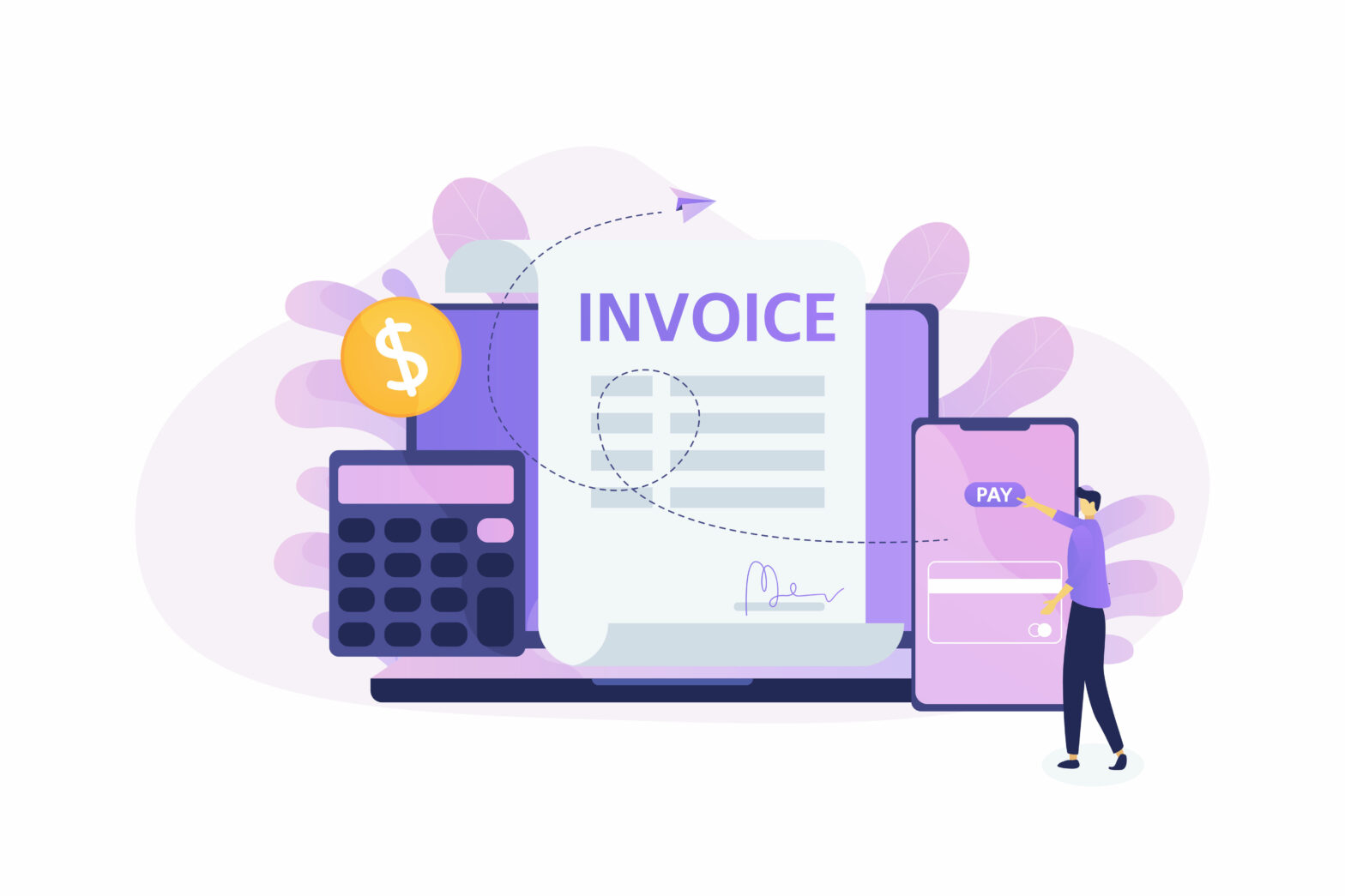Sometimes referred to as crowd lending or P2P lending, peer-to-peer lending offers businesses the opportunity to borrow money from a ‘crowd’ of people (investors) rather than an institution.
It works by offering people a platform where they can lend their money to businesses (and also individuals, but we will deal with business peer-to-peer lending here) in return for competitive interest rates.
The platform’s source, credit-checks the potential borrower, facilitates the loan and automates (as much as possible) the process of lending and borrowing (inclusive of the legal and regulatory requirements), and takes a fee or commission for doing so.
Of course, this is what the banks have always done with savers’ money; there is nothing new about the process. What is new is the technology that facilitates this and keeps overheads down for the peer-to-peer lending platforms. This in turn means that the platforms can generally offer more attractive interest rates to investors and attractive repayment rates to businesses taking the loan.
However, in all other respects, peer-to-peer business lending is the same as borrowing money from a bank. There are credit checks, businesses need to have their financials to hand and prove that they are able to meet repayments. Loans can be secured against property of the business or the individual, or unsecured. Whilst the process can be faster than with the banks, that isn’t necessarily the case; businesses that submit insufficient information or take time to hand over all of the information that the platform requires will be subject to the same to-and-fro that they would have received from the banks. What is true is that peer-to-peer lending platforms will often lend to businesses that the banks won’t and that several specialist banks and loan providers have now stepped into the business peer-to-peer space; in this way the ‘crowd’ now also includes institutions.
How peer-to-peer lending developed
Zopa was the first peer-to-peer lending platform to launch in the UK, offering loans to individuals. Funding Circle launched in 2010, specialising in peer-to-peer loans for businesses. The sector grew quickly from there and some of the most recent research discovered that by the end of 2022, the UK peer-to-peer market size by revenue was £283 million and Funding Circle alone has a total loan book value of £8.3bn.
The UK government was a strong supporter of peer-to-peer lending to businesses. It saw the sector as offering much-needed support to small businesses that were either overlooked or deemed too risky by the banks. In 2014, the government injected £20 million into small businesses via peer-to-peer platforms. It also created the Innovative Finance ISA (or IFISA), which enabled investors lending money through peer-to-peer sites the opportunity to do so in an attractive tax-saving wrapper, boosting any returns that they made within the wrapper by removing the tax that they had to pay on them.
While the government supported the sector others were, and some remain, less enthusiastic. Concerns that individuals may not understand that small businesses are at a higher risk of loan default than larger businesses, that capital adequacy requirements (having enough money to hand to pay out if things go wrong) for the peer-to-peer platforms were too low, and that government support meant the peer to peer platforms had an unfair competitive advantage over the banks.
However, while peer-to-peer has grown fast, it is worth noting that it still offers a fraction of the business loans facilitated by banks, with the typical peer-to-peer borrower seeking around £50K in funding and many banks offering much larger sums.
Who offers P2P loans?
When peer-to-peer lending started there were a handful of platforms in the UK that connected individuals with money to lend to businesses, or other individuals, who needed a loan. The better-known platforms include Funding Circle, Ratesetter and Zopa. However, in the last two years, P2P has expanded. Challenger banks like Metro Bank, specialist banks like Close Brothers and specialist loan brokers are offering loans through peer-to-peer platforms or using their technology to connect with a wider potential client base than before, particularly in the business loans sector. This is why some observers now refer to peer-to-peer as debt crowdfunding.
Who are the key players in peer-to-peer business loans?
The biggest peer-to-peer platform that only lends to businesses and can offer loans of up to £1 million. Funding Circle offers both secure and unsecured loans and has a large ‘crowd’ of investors as well as money from the Government-owned British Business bank.
Related: Raising money on Funding Circle: A small business guide
This platform offers businesses five loan options; donation, loan, revenue, bonds or equity and recommends that there are different profiles for each option (eg donation is suitable for not-for-profit, loan for more established businesses, revenue for less established businesses). Loans of £10,000 to £1 million, terms of 1-5 years.
FundingKnight: says that they have the experience to ‘navigate complex situations’, meaning they’re a good option for businesses that might be turned down by platforms with strict lending criteria and less flexibility. Loans from £250,000.
Yes growth offers unsecured loans of £50,000 to £250,000 for three to 12 months with no early repayment fees. Secured loans for longer periods and for up to £5 million are also offered. However, for a longer-term secured loan Yes Growth needs to see three years accounts and your business must have an annual turnover of £3 million.
Zopa is an award-winning peer-to-peer lending service offering loans of up to £25,000 borrowed over a term of 1,2,3,4 or 5 years. And, to make sure you experience with Zopa is a stress-free as possible, they also offer zero-early repayment fees.
It is also worth being aware of platforms like Crowdstacker, an organisation offering bonds or funds to investors that in turn offer loans to businesses.
What are the industry regulations?
Peer-to-peer lending has only been subject to UK regulation by the Financial Conduct Authority (FCA) since 2014, and for business lending, the focus is on how the platforms market to investors. At the end of May, the FCA quietly recognised the sector as its own distinct entity, different to asset management and bank lending.
Peer-to-peer platforms must present information clearly, be honest about the risks of investing, and have plans in place should things go wrong. Since April 2017 the peer-to-peer platforms must have at least £50,000 of capital in reserve to act as a buffer to ensure that they can withstand financial shocks or difficulty.
Defaults may be low to date, but there is a general expectation that they will increase over time, and regulatory scrutiny on investor protection should the worst occur means that many of the platforms require secured loans.
What do you need to do to apply?
Interest rates, the time periods over which you can take out a loan (the terms), the minimum and maximum size of the loans on offer and whether the platform offers secured and/or unsecured loans differs from platform to platform, so it is worth doing some research before applying to make sure that you are applying for the right type of loan for your business. Every credit check that is undertaken will have an impact on your businesses credit rating, so utilising tools which are designed to have a ‘soft footprint’ (no negative impact) on your credit rating, is also worthwhile.
The speed of loan application is made a good deal of by the platforms, but the reality is that just like applying for a Bank loan you need to have all the right materials to hand if you would like a swift decision.
Most of the platforms have an online loan application form. The initial application process is a registration of interest and will take less than ten minutes. Generally, there is an initial offer which if accepted then requires further application. Platforms will expect at least six months of accounts (although some platforms ask for more) and it is useful to also have your business plan and a list of your assets and liabilities as these are likely to be requested.
Just like the banks, peer lending platforms have their own lending criteria and ‘loan books’ (i.e. risk profiles that they are willing to take on), some of which are stricter than others. It is important that when applying you are open about any CCJs or other issues that may impact your personal and business credit rating, with reasons why they happened; being upfront will help rather than hinder you.
Once the full application process is complete a formal loan offer is usually made within a few days and if accepted the money can be with your business in as little as 24 hours.
Further reading on the peer-to-peer lending space
How to use alternative business funding to help your business grow – Martin Lane, managing editor of money.co.uk, discusses the range of alternative business funding options for you to consider as a small business owner




